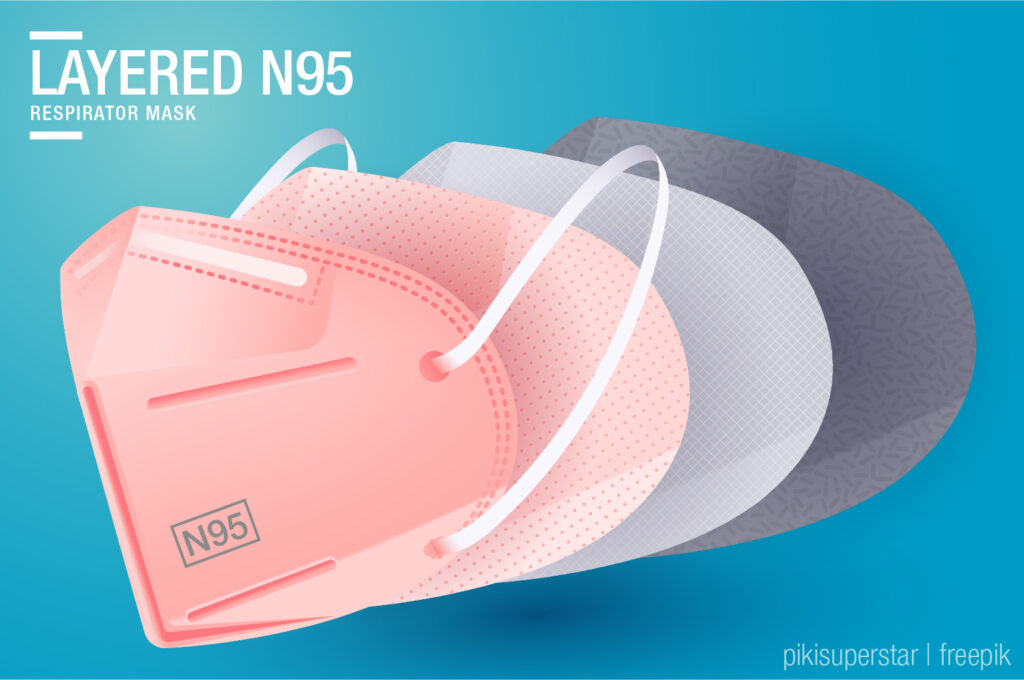Outdoor Recreation and Smoke
Outdoor Recreation and Smoke
It’s an unfortunate coincidence that peak wildfire season and peak outdoor recreation season happen at the same time (May to October).
With that in mind, if you have a plan to go hiking, paddling, camping, or another outdoor activity, and you hear about or detect smoke in the area you’re planning to recreate in, what should you do?
First, check airnow.gov to see if the Air Quality Index (AQI) number for your destination is:
- good (0–50)
- moderate (51–100)
- unhealthy for sensitive groups (101–150)
- unhealthy (151–200)
- very unhealthy (201–300)
- or hazardous (301+)

Generally, when the AQI is 100+, sensitive individuals should take steps to reduce exposure, and at an AQI 150+, everyone should take those steps. The steps are:
- Wear an N95 mask when outside.
- Go inside as soon as possible.
- Inside or out, reduce activity. Hard breathing due to strenuous activity means inhaling more pollution.
- Indoors, run an air purifier and/or air conditioner.
- If your indoor air is too hot or contains too many irritants (such as cigarette smoke), go to an indoor space like a public library, community center, or indoor shopping mall, which are generally kept cool, and thanks to COVID-19 regulations, have filtration on their HVAC systems to prevent recirculation of particles in the air.

- When traveling by car in smoky conditions, close windows and use the recirculating air button to prevent smoke from entering the vehicle as you drive.
- Finally, if the official recommendation is for people to stay indoors, stay indoors if possible.

If the area you want to visit has a high AQI, we strongly urge you to cancel your plans and reschedule your visit for a day when smoke is not an issue. If you are already in a location affected by smoke, put on an N95 respirator, stop the activity, and head to an indoor location. If conditions are not expected to improve in a short period of time, it may be necessary to leave the smoky area.
For example, if you’re camping and wake up in your tent to smoky conditions, put on a mask and head to the nearest indoor space. If the smoke isn’t expected to clear within the day, it may be best to pack up your belongings and leave the area early, or to move to a motel or other indoor accommodations where you can avoid polluted air. While this may be disappointing, it’s more important to preserve your health by being flexible about your plans than to be outside on any given day and risk illness.
Explore the resources below to better understand the risks of wildfire smoke to adult, child, and animal health, and see the official recommendations of the esteemed health organizations below for how to best protect yourself from wildfire smoke.
Wildfire Smoke Guidance
Related
ADK Trip Planning Sessions
Need help planning your backcountry adventure? Schedule a personal, online session with an ADK staff […]
Benefits of Visitor Use Management
Since the creation of some of the first parks and protected areas in the United […]
Mud Season: Quick Facts
Just what is mud season? Running anytime from late March into mid-June—it varies each year […]
Spring on the NPT
by Jeffrey Case In the Spring a fuller crimson comes upon the robin’s breast; In the […]

